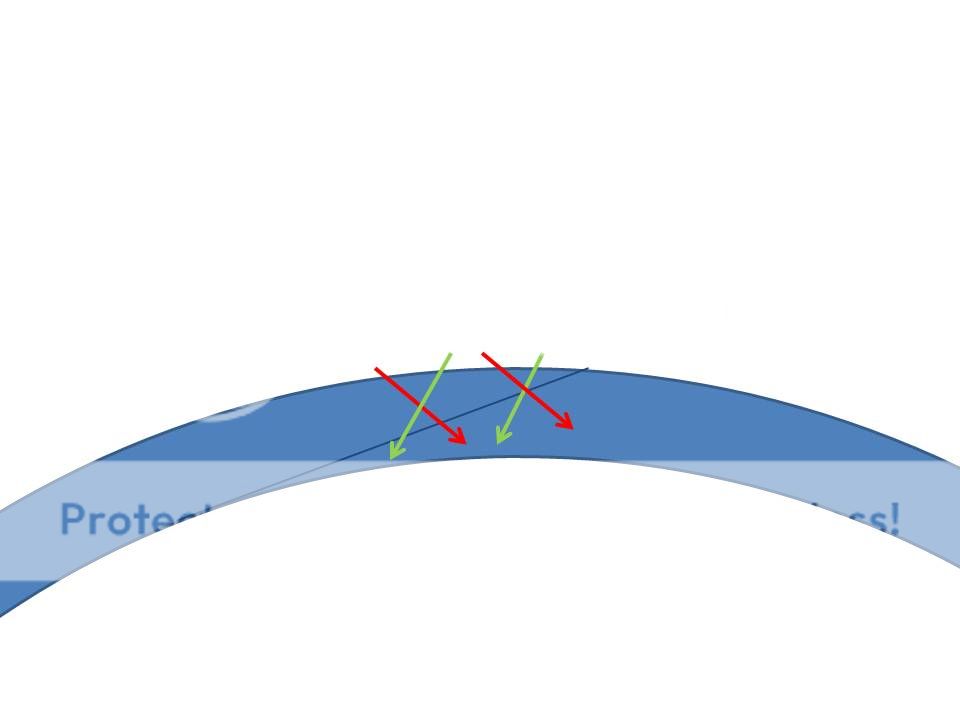- Joined
- Sep 17, 2013
- Messages
- 4,212
- Reaction score
- 9,107
I have this old wood wheel that was cracked through. Dismantling it caused it to fall apart at the break and at the finger joints. I want to spruce it up for a wall hanger.

You can never have too many clamps or bicycles.

What workmanship on the tapered finger joints, they fit so tight. It must have been time consuming and expensive. Each spoke nipple has a very precise counter sunk place for a washer on the back side of the nipple so it won't sink into the wood when it is tensioned.


You can never have too many clamps or bicycles.

What workmanship on the tapered finger joints, they fit so tight. It must have been time consuming and expensive. Each spoke nipple has a very precise counter sunk place for a washer on the back side of the nipple so it won't sink into the wood when it is tensioned.












